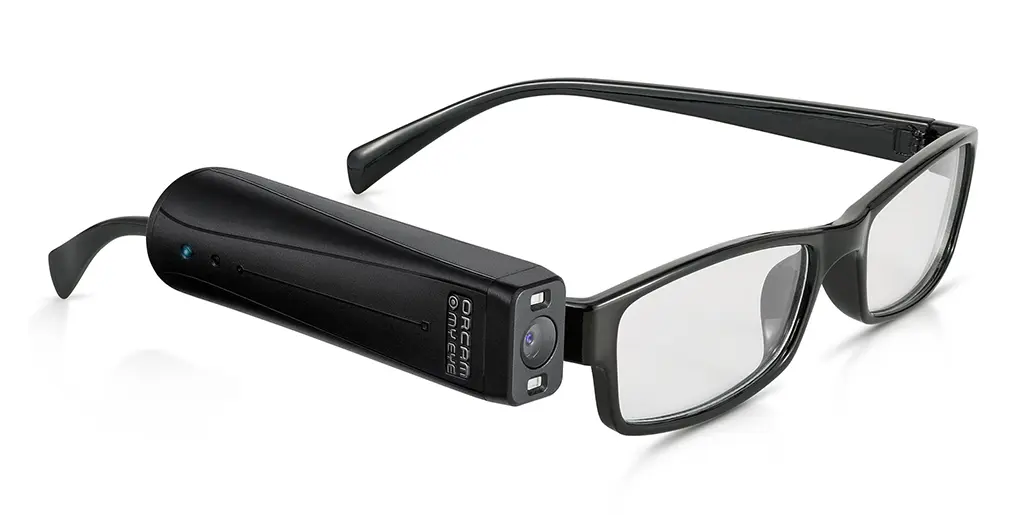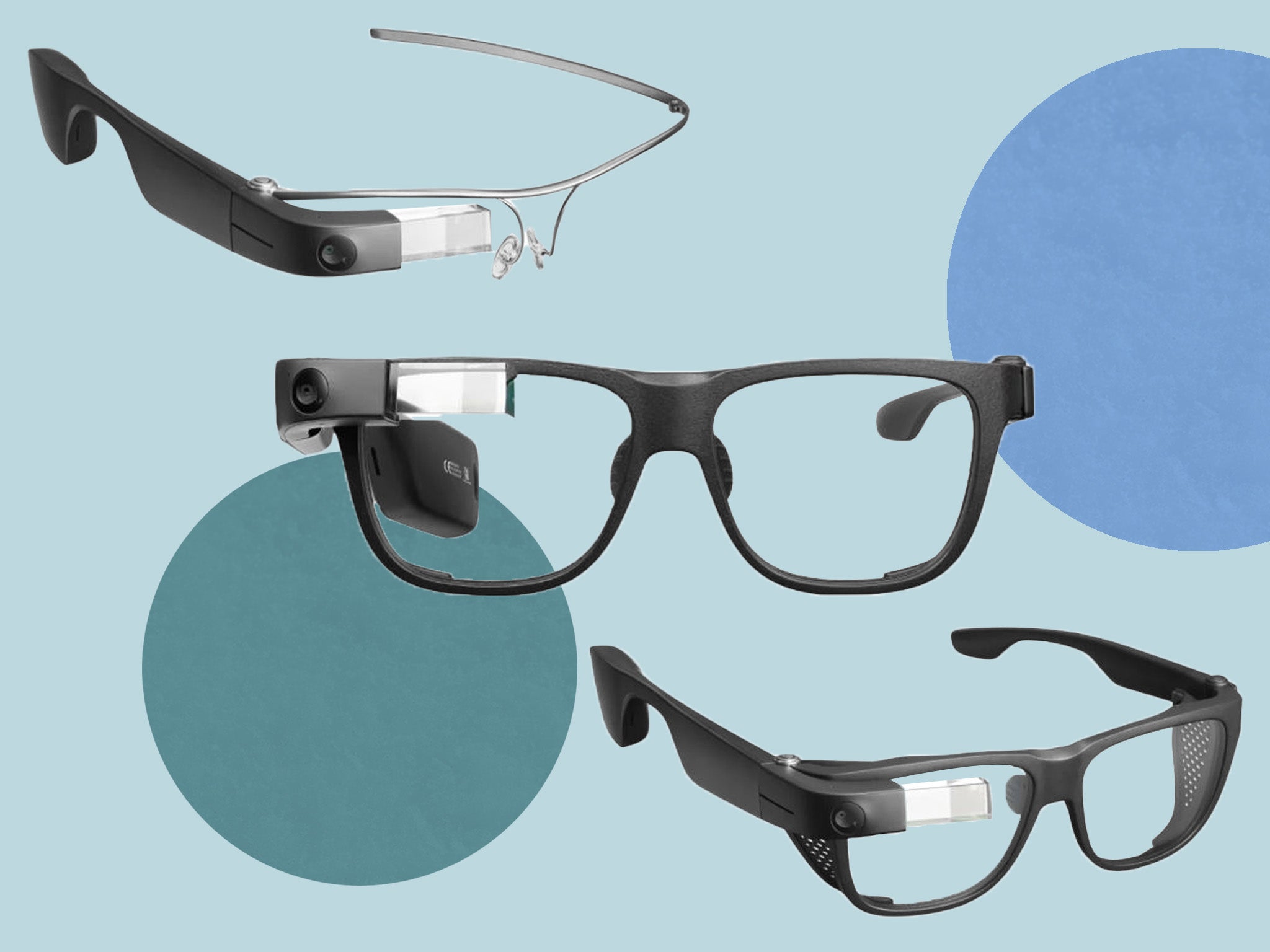OCR Devices for the Blind: Breaking Barriers with Optical Character Recognition
OCR Devices for the Blind: Breaking Barriers with Optical Character Recognition
Blog Article
Discover Advanced Assistive Tools for Individuals With Visual Impairments
The landscape of assistive innovation for people with aesthetic problems is developing rapidly, providing a variety of innovative gadgets that boost autonomy and involvement (Braille displays and notetakers). From wise glasses that perfectly combine visual input with acoustic support to advanced navigating applications that redefine spatial awareness, these tools are improving possibilities. The most current innovations in Braille technology and voice-activated systems substantially add to accessibility. The ramifications of these developments prolong far beyond plain functionality; they test conventional assumptions of special needs and freedom. What might this indicate for the future of incorporation and support?
Smart Glasses Innovations
Smart glasses represent a substantial innovation in assistive innovation for people with aesthetic disabilities. These innovative devices incorporate different features made to improve the individual's communication with their atmosphere. Outfitted with video cameras and sensing units, clever glasses can capture real-time visual information, which is then refined and conveyed to the individual via sound feedback or haptic experiences. This capability enables individuals to receive immediate summaries of their surroundings, enhancing their ability to navigate and engage with the globe.
Furthermore, innovations in expert system have actually further boosted the capacities of smart glasses. Equipment knowing formulas can acknowledge faces, read text, and identify objects, making them vital devices for daily tasks. Users can get acoustic signs that give context about their environment, fostering self-reliance and confidence.
Furthermore, the ergonomic style and light-weight nature of lots of clever glasses make them ideal for prolonged use, making certain convenience while enhancing functionality. As these devices continue to evolve, they hold the potential to revolutionize the way individuals with aesthetic impairments experience their lives, linking the gap between access and innovation. The continuous r & d in this field promise to expand the opportunities for clever glasses, making them an essential component of modern-day assistive tools.
Navigating Application and Equipment
Various navigation apps and tools have become crucial sources for individuals with aesthetic disabilities, significantly improving their capability to go across unfamiliar environments. These innovations take advantage of GPS functionality, audio signs, and real-time information to give customers with specific navigating assistance.
One famous example is the Aira app, which attaches individuals to trained representatives that can supply visual summaries of environments and navigation advice with a live video clip feed. This solution enhances the customer's spatial awareness and confidence while navigating. An additional remarkable tool is Seeing Eye GPS, which supplies voice-guided navigation and sights, allowing customers to gain access to important information concerning their environments.

As modern technology proceeds to breakthrough, the development of more advanced navigation tools guarantees to additional equip people with visual impairments, assisting in seamless wheelchair and combination right into varied atmospheres. Such technologies are instrumental in promoting a much more inclusive society.
Braille Technology Advancements
In recent times, innovations in Braille innovation have dramatically changed how individuals with aesthetic disabilities gain access to information and engage with the world around them. The advancement of mobile Braille display screens has reinvented reading by allowing individuals to attach wirelessly to mobile phones, tablet computers, and computers. These devices convert text into Braille in real-time, allowing smooth interaction with digital material.
In addition, innovative Braille printers have emerged, improving the production of tactile products. Modern embossers are faster and much more effective, permitting for the rapid creation of Braille files and academic products. This performance lowers the time and price associated with creating Braille sources, making them extra available to institutions and companies.
In addition, the assimilation linked here of Braille with various other technologies, such as synthetic intelligence and device discovering, has actually opened up brand-new avenues for customized knowing experiences. Voice recognition and synthesis technologies can enhance Braille, supplying an inclusive approach to details circulation.
As the demand for comprehensive education and learning and work environment environments expands, these technical improvements play a critical function in empowering individuals with aesthetic impairments, guaranteeing they have equal accessibility to details and chances in various facets of life.
Wearable Gadgets for Independence
An expanding range of wearable tools is improving self-reliance for individuals with visual disabilities, providing innovative remedies that boost navigating and daily living. Braille displays and notetakers. These gadgets use advanced modern technologies to give real-time responses and assistance, promoting autonomy in numerous environments

Wearable technology also includes smartwatches that can be configured with access attributes, enabling customers to receive notifications, track their locations, or perhaps ask for aid with the touch of a switch. Some devices integrate artificial knowledge to assess the atmosphere, offering sound summaries of nearby items or people.
Voice-Activated Assistive Solutions
Leveraging voice-activated assistive solutions has actually transformed the landscape of support for individuals with aesthetic problems, supplying hands-free interaction and access to a variety of tasks. These technologies make use of all-natural language processing and expert system to make it possible for customers to perform day-to-day activities through simple voice commands.

In addition, current developments in voice acknowledgment accuracy have boosted the user experience dramatically, fitting diverse accents and speech patterns. This inclusivity ensures that even more individuals can take advantage of these modern technologies, fostering a higher feeling of autonomy.
Conclusion
In verdict, the development of sophisticated assistive tools substantially boosts the freedom and lifestyle for individuals with aesthetic impairments. Developments such as wise glasses, navigating applications, Braille technology, wearable gadgets, and voice-activated options jointly cultivate a more inclusive atmosphere. These modern technologies empower individuals to browse their surroundings with self-confidence and involve more completely with the globe, inevitably farsighted promoting better ease of access and level playing fields for people dealing with visual difficulties.
The landscape of assistive modern technology for individuals with visual disabilities is developing swiftly, presenting a variety of ingenious tools that improve autonomy and engagement.Smart glasses represent a significant development in assistive innovation for individuals with visual problems. As these tools proceed to advance, they hold the possible to change the means people with aesthetic problems experience their daily lives, bridging the gap between ease of access and technology.In recent years, advancements in Braille technology have substantially changed how people with aesthetic impairments accessibility details and engage with the world around them. These technologies empower users to navigate their surroundings with confidence and engage more totally with the globe, inevitably advertising higher accessibility and equal possibilities for people facing aesthetic difficulties.
Report this page